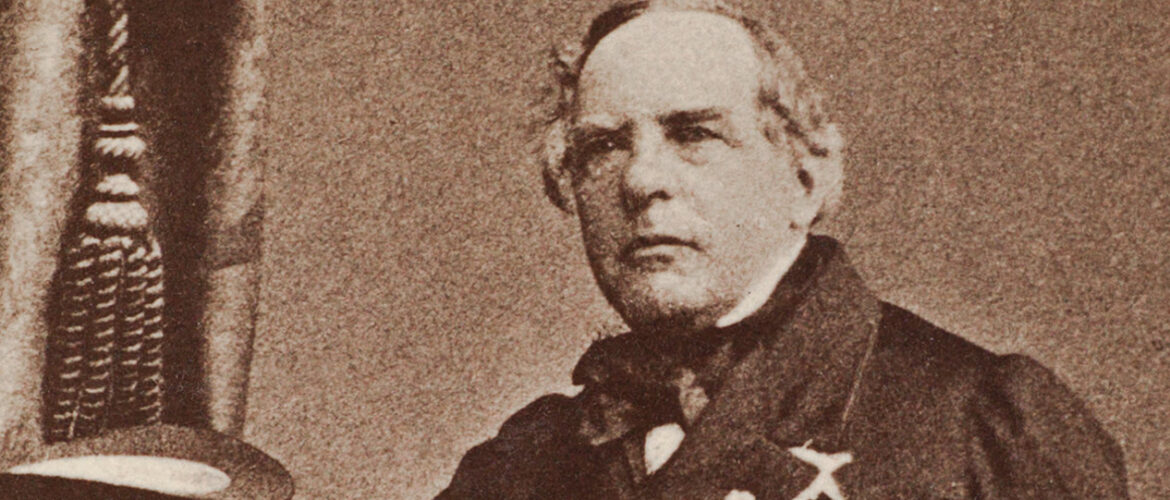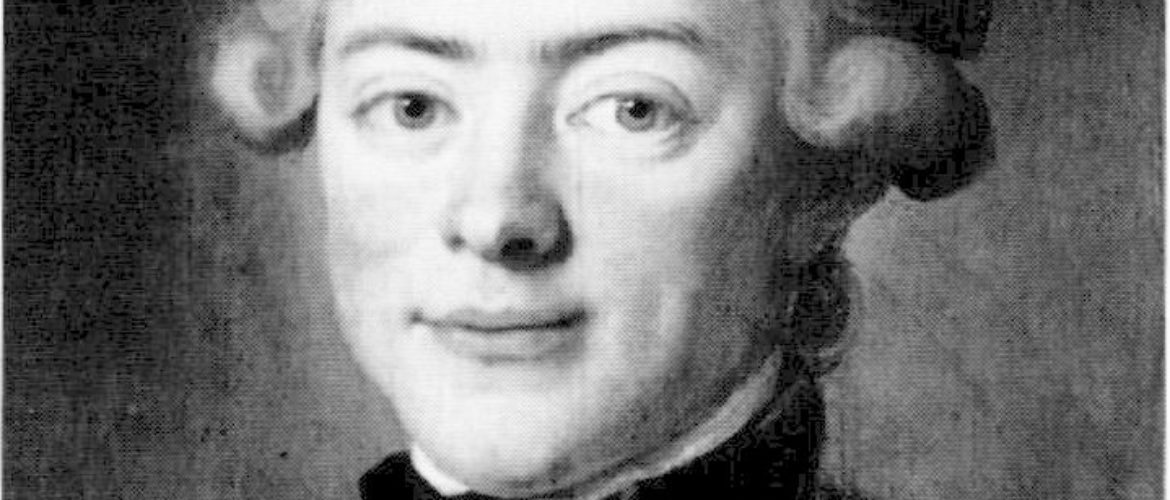1891-1951.
Colonel, aviation pioneer.
Egmont Tornberg was born in 1891 in Rytterne and later in life became a second lieutenant in the navy in 1914, a lieutenant in 1917 and took up flying in 1918.
He joined the Air Force when it was formed in 1926 and in the same year, as a captain, he set an altitude record for seaplanes. The altitude record was set at 5731 meters with a Heinkel with 500 kg load (equivalent to combat load). The record was duly approved by the International Federation and surpassed the previous record by 700 meters.
In 1928, Egmont was in charge of the Swedish rescue expedition of survivors from the Italian airship Italia north of Spitsbergen. He showed impressive leadership during two months of severe material and personal strain under very difficult and rapidly changing weather conditions with risky flying over the Arctic Ocean, ice drift and dense fog.
Later in life Tornberg was commander of F 1, Jämtland Air Base F 4 and Norrbotten Air Base F 21.
In 1940 Tornberg became a colonel and eleven years later he died at the age of 59, the last of the naval aviators who had begun their flying careers in 1917.
Burial site: 0115-0811B
Image description: Portrait photograph of Egmont Tornberg, commander of the Western Air Base Area 1943-1946. Signed, framed photo. Photo: Unknown photographer / Air Force Museum. [The image is cropped]
Click here for an uncropped image






